le, liǎo, liào
finish
Original meaning:
armless child
Pictograph of a young child, similar to 子, but without arms. Compare to 孑 (child only with right arm) and 孓 (child only with left arm). The current meaning is a phonetic loan.
Evolution

Seal script
Shuowen (~100 AD)
Seal script
Western Han dynasty (202 BC-9 AD)
Clerical script
Jin dynasty (266-420 AD)Regular script
ModernDefinitions
le
to finish; particle of completed action; (completed action marker); (modal particle indicating change of state, situation now); (modal particle intensifying preceding clause)
liǎo
liǎo
(of eyes) bright; clear-sighted
liào
unofficial variant of 瞭[liào]
Most common words with 了
Freq. | Word | Meaning |
|---|---|---|
(completed action marker) | ||
in order to | ||
to understand | ||
at last | ||
besides |
Sources
季旭昇《說文新證》p.972
